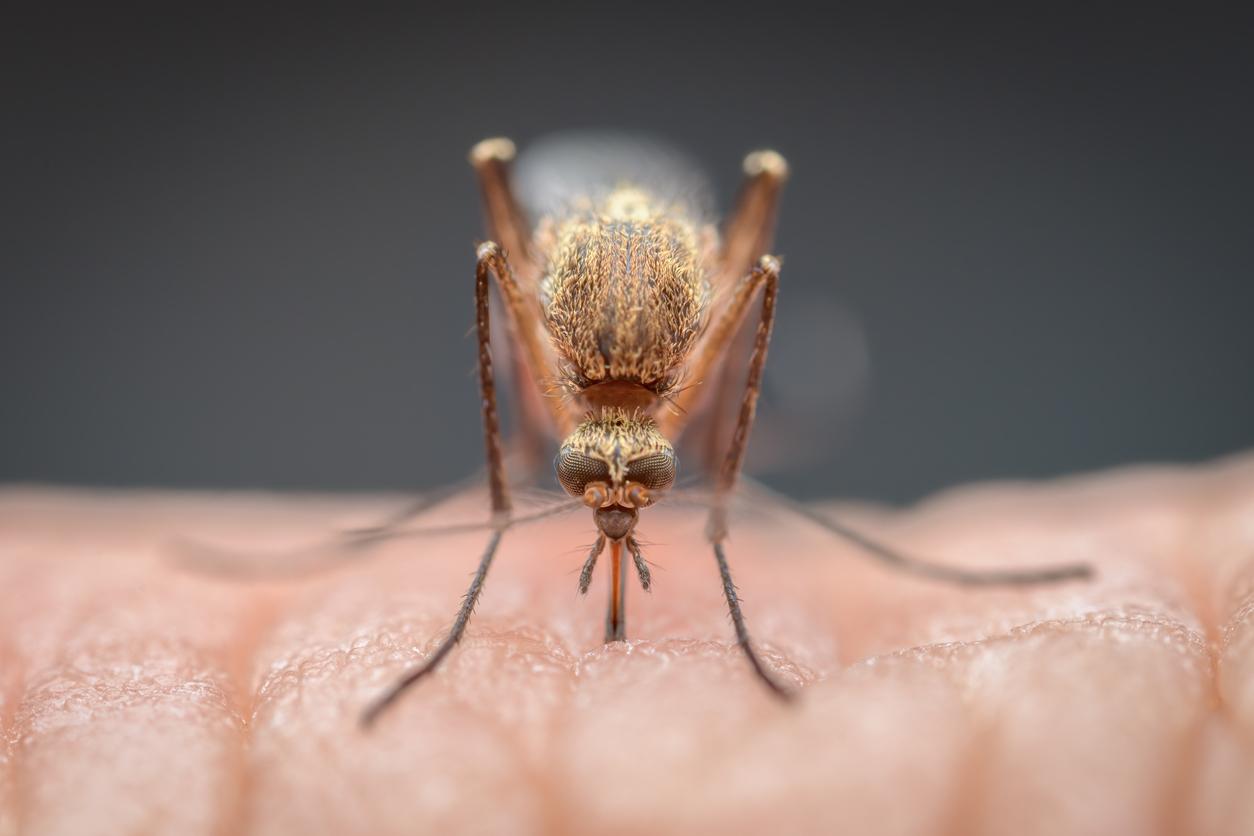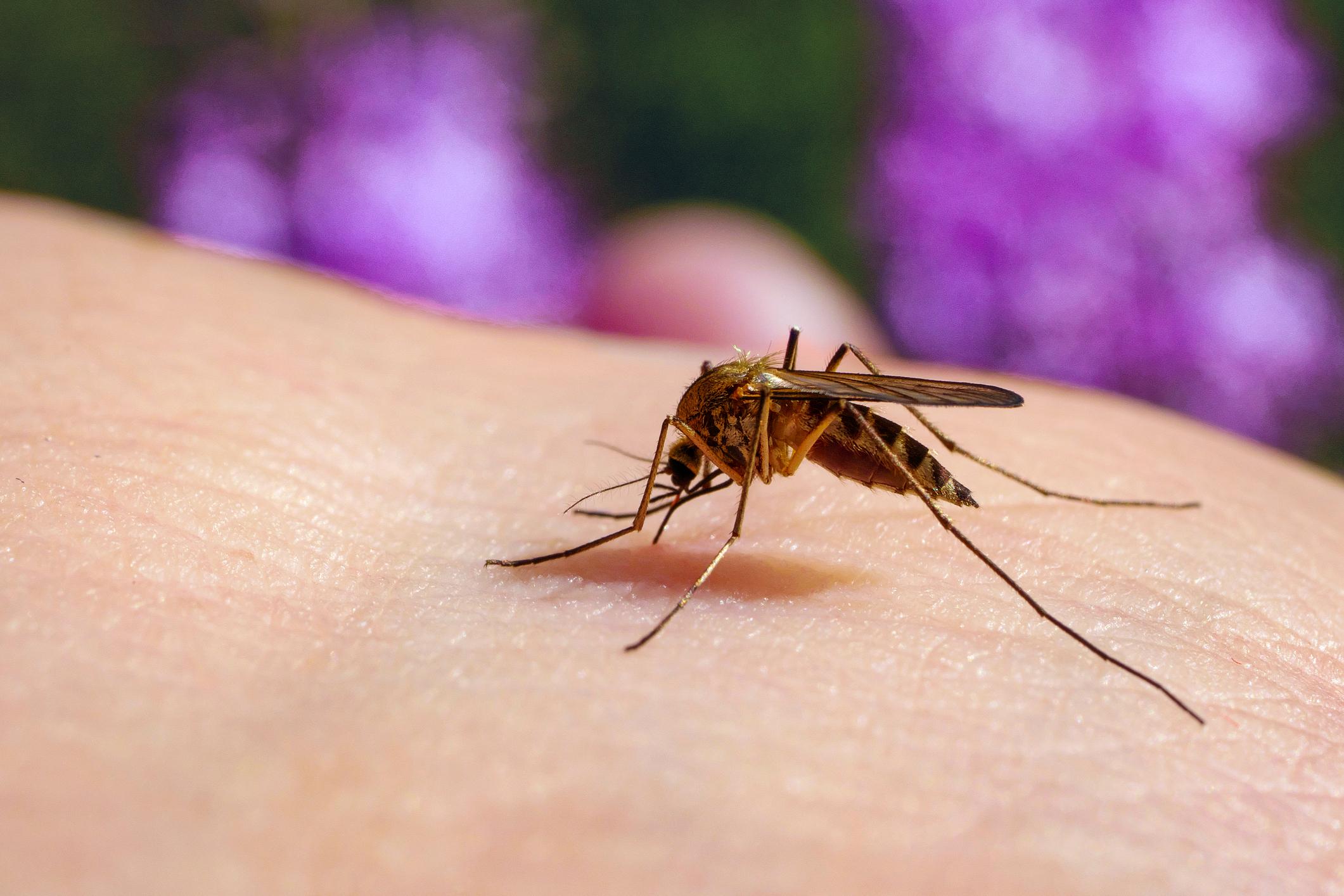
Q fever viewed from all sides
The number of cases of Q fever is increasing. Why is so little known about it and what is being done about it right now? Peter de Leeuw, chief veterinary officer at the Ministry of Agriculture, Peter Schneeberger, microbiologist at the Jeroen Bosch Hospital, and Toon van Hoof, LTO director, answer.
Peter de Leeuw, chief veterinary officer at the Ministry of Agriculture: “We have to get to work now.” “The Mexican flu is receiving a lot of attention because the number of cases worldwide can rise explosively. Q fever also occurs all over the world, but mainly in animals. It is striking that there is a record number of cases of people with Q fever in the Netherlands. .”
“There are two theories. The first is that the rapid build-up of the number of professional and large-scale dairy goat and dairy sheep farms is thought to play a role. The animals are often kept in a so-called deep-fat barn. This is an animal-friendly method, which produces much more dust. Dust is seen as an important factor in the spread of the Q fever bacterium. The dust can blow away and dust can also be released during manure application. Especially during an abortion or premature birth, a lot of contamination is created that ends up in and on the manure and with the dust.”
“The other theory is that the contaminant itself has changed and has become more aggressive. But we don’t know exactly how it all works. We literally have to build up knowledge and experience about the spread and control of the disease. A lot of research has been done to map Q fever, but it is a difficult bacterium to work with in the laboratory.”
“The now validated PCR test shows the bacterium in animals, allowing us to distinguish infected and non-infected farms. We do not disclose the names of the infected farms in order to avoid unnecessary stigmatisation. It adds nothing, because there is also contaminated dust. is present in the wider area, or even in the region. The GGD and the mayors of the municipalities concerned know which companies are involved and GPs in the area are drawn to the possibility of Q fever.”
“A livestock farmer can do nothing about the fact that his animals are infected and will do everything to combat it as soon as there are possibilities. Anyone who has an infected livestock must draw up a remediation plan and it is checked on the implementation: the supply of infected animals is prohibited, vaccination of animals is mandatory and measures must be taken regarding hygiene and manure. There is no need to kill infected animals, because over time the excretion of the bacteria decreases.”
“Currently, there is only one manufacturer that supplies a Q fever vaccine, but next year more vaccines will be available and vaccinations can be carried out on a more extensive scale. The problem is that there are no European rules for this disease. nor in humans. Nor is there any knowledge and experience to be gained abroad about an outbreak of Q fever on this scale. That is why we have to act quickly and there is a lot of intensive contact, consultation and cooperation between the ministers and experts of the Ministries of Agriculture and Health.”
“We learn by doing. There is no time to work out everything calmly and confirm it through practical research. We are now taking measures and adjusting that working path, based on the experience gained or when new technical possibilities become available.”
More information: www.minlnv.nl
Peter Schneeberger, microbiologist at the Jeroen Bosch Hospital in ‘s Hertogenbosch: “There should have been research into Q fever last year.”
“The number of cases of Q fever is very high, especially in Brabant. It is not known exactly what causes this. It is probably related to the high number of goat and sheep farmers in the region. That is why our hospital has recently set up a special outpatient clinic. for patients with chronic Q fever. GPs and specialists can refer people who they suspect to have the chronic variant of Q fever to the outpatient clinic.”
“The symptoms have now been mapped out and are increasingly recognized by GPs. In collaboration with the hospital in Nieuwegein, we also developed a test that can be used to detect Q fever at an earlier stage. In 2007, there were 100 cases of Q fever, in 2008 already 1000, and this year more than 2000 people have already been infected with this bacterium.”
“You don’t expect it, but despite the fact that Q fever can have unpleasant consequences for people who already have a disease or condition, relatively little is known about the disease. The fact that we do not yet know all the ins and outs is because virtually no research has been done yet. The Ministries of Agriculture and Health should have addressed this already last year, when the number of infections increased. We also applied for research support ourselves, but this was rejected. Precisely because there is already so much patient material was, I think we could have taken a more firm approach, for example by using a task force to learn more about the disease. It’s a missed opportunity.”
“As a result, during this even bigger outbreak, we now have to pull out all the stops to fight the disease and have little capacity for research. Fortunately, we are gaining more and more insight into the diagnosis and treatment of patients. Also the measures of the Ministry of Agriculture to fight the disease in animals are going to look better and better.”
“Diseases that are transmitted from animals to humans are not new. Think of bird flu and MRSA. We must learn from this and increase our knowledge. The Q fever bacterium is a dangerous bacterium and requires research in safe conditions. Fortunately, RIVM is started research into possibilities to characterize the bacterium. The effect of vaccinations is being investigated. I advocate anticipating 2010 already now. We must take more measures to minimize the transmission of diseases to humans, especially in intensive livestock farming the more we know, the better.”
More information: www.jeroenboschziekenhuis.nl
LTO director Toon van Hoof: “We must be aware of our responsibility.”
“We have a unique situation in the Netherlands when it comes to the number of cases of Q fever in humans. However, the disease is not new. Q fever has been mentioned in the literature as early as 1930. At that time we mainly saw it among sheep farmers in Australia. .”
“Why is it so intense in the Netherlands? Scientists are fully investigating this, because we are not yet 100 percent sure what the cause is. We do know that it occurs on intensive dairy goat farms. But not only the animals are infected. Infections take place in the environment of the farms. It is therefore possible that the disease is transmitted through animal contact as well as through dust in the air. That is a theory for which there is no really hard evidence yet. Hence the studies.”
“Because of the contamination in humans, the Ministries of Health and Agriculture announced more measures in addition to the existing measures such as mandatory vaccination and the hygiene protocol. We are now anxiously waiting for the Health Service and the Central Veterinary Institute to get started.”
“The LTO has been actively involved in combating this for some time. One of our initiatives is the establishment of the ‘Q-fever Advisory Team’, in which representatives of various consultative bodies consult each other intensively. A few years ago we also financed and carried out studies into Q fever in animals and a new, more extensive, national study started this year into the prevention of Q fever in animals, livestock farmers and the immediate environment of the companies.”
“In all this, we do not lose sight of the interests of the livestock farmers, because it is also a very difficult situation for them. It has quite a social impact, as one of our members recently said: “I am the only one in the village who has a farm with goats. Everyone cycled past and entered. Now people think that they have to cycle around, because it could be dangerous.” So that is not necessary. We cannot deny that Q fever comes from somewhere, but it is nonsense to avoid Brabant altogether. Well high-risk groups such as pregnant women and heavy smokers should be careful.”
“Certainly, people get sick, but the outbreak in Herpen, for example, showed that 80 percent of the residents had antibodies, but had not been sick. Q fever is a problem, but not the only danger to which we are exposed every day. That does not alter the fact that LTO is very aware of its responsibility, which is why I think that current and new studies must be carried out with great speed, we must have results so that we can fight Q fever with the right approach and strategy. “
More information: www.lto.nl














